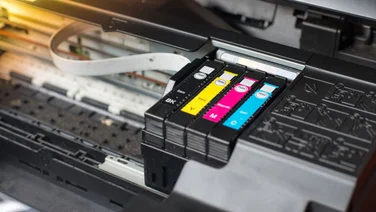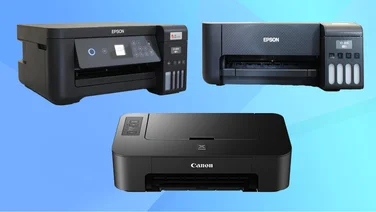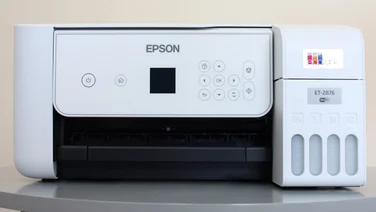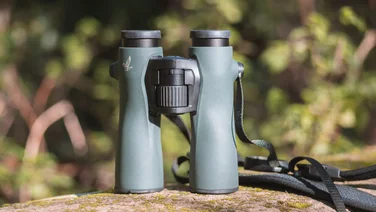To help us provide you with free impartial advice, we may earn a commission if you buy through links on our site. Learn more








Compact cameras with big zooms normally cost a lot more than £150. Samsung is no stranger to this end of the market, but whereas previous models have looked distinctly cheap, the WB150 looks smart and business-like. At this price, there some concessions, such as its plastic case, no HDMI output and video recording limited to 720p rather than the more common 1080p. There are fewer fancy shooting modes than its pricier rivals have, but it does include various creative effects and you can capture a panoramic photo simply by rotating with the camera.

The WB150 is well equipped for manual photographic control, too. It includes priority and manual exposure modes, sharpness, contrast and saturation controls, manual focus and the ability to move the autofocus point anywhere in the frame.

Unfortunately, the controls aren’t ideal for those who like to tinker with manual settings. Adjusting the shutter speed without the help of a wheel is a chore, and key functions, such as exposure compensation, ISO speed and white balance, are only available via the main menu. Still, the menu is well organised with these functions at the top of the list. After selecting the relevant mode in the menu, moving the autofocus point is a simple matter of hitting the OK button followed by the navigation pad. Keen tinkerers are unlikely to be impressed by the WB150’s performance, with it taking 2.5 seconds between shots. Continuous mode was barely faster, and trundled along at 0.6fps in our tests.

The WB150 has a 16-megapixel sensor, but only uses 14 of those megapixels to capture images. It’s a fairly common trick to get a big zoom range from a small camera, but the downside is that it gives the high noise levels of a 16 megapixel sensor without the extra detail.
The Samsung WB700 had the same specifications, and the resulting image quality was disappointing. Thankfully, the WB150 marks a big improvement, with much less intrusive noise as the ISO speed went up. This seems to be as much down to improvements in noise-reduction processing as sensor design. Indoor shots taken using automatic settings weren’t excessively grainy, but noise reduction took a heavy toll on subtle details such as hair and skin textures, giving photos an airbrushed appearance.

Noise reduction has drained all the fine detail out of this photo, and still struggled to suppress noise – click to enlarge
Image quality in our outdoor tests was much better. It put in a solid performance at the wide-angle end of its zoom and delivered impressively sharp focus as we zoomed in, often capturing crisper details than rivals with bigger zoom ranges. The autofocus was sometimes slightly off the mark, though, and the slow shot-to-shot times made it more laborious to fire off a couple of shots for safety.

Outdoor photography is much better, although there’s still some evidence of noise reduction smearing details in these leaves – click to enlarge
If you can live with the 720p resolution, this isn’t a bad video camera. Pictures were as sharp as the resolution allows, the optical stabilisation kept shots steady when we zoomed in and the zoom motor didn’t interfere with the soundtrack. The autofocus was extremely reluctant to update while recording, though.
The WB150 doesn’t offer much to get excited about, but it’s keenly priced and takes attractive photos when there’s plenty of light, although it might be worth waiting for the arrival of the WB150F, which adds Wi-Fi and various networking tricks.





